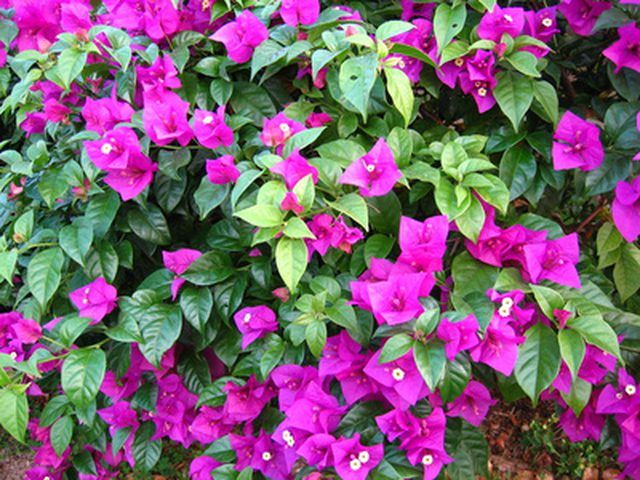Bulbs
Flower Basics
Flower Beds & Specialty Gardens
Flower Garden
Garden Furniture
Garden Gnomes
Garden Seeds
Garden Sheds
Garden Statues
Garden Tools & Supplies
Gardening Basics
Green & Organic
Groundcovers & Vines
Growing Annuals
Growing Basil
Growing Beans
Growing Berries
Growing Blueberries
Growing Cactus
Growing Corn
Growing Cotton
Growing Edibles
Growing Flowers
Growing Garlic
Growing Grapes
Growing Grass
Growing Herbs
Growing Jasmine
Growing Mint
Growing Mushrooms
Orchids
Growing Peanuts
Growing Perennials
Growing Plants
Growing Rosemary
Growing Roses
Growing Strawberries
Growing Sunflowers
Growing Thyme
Growing Tomatoes
Growing Tulips
Growing Vegetables
Herb Basics
Herb Garden
Indoor Growing
Landscaping Basics
Landscaping Patios
Landscaping Plants
Landscaping Shrubs
Landscaping Trees
Landscaping Walks & Pathways
Lawn Basics
Lawn Maintenance
Lawn Mowers
Lawn Ornaments
Lawn Planting
Lawn Tools
Outdoor Growing
Overall Landscape Planning
Pests, Weeds & Problems
Plant Basics
Rock Garden
Rose Garden
Shrubs
Soil
Specialty Gardens
Trees
Vegetable Garden
Yard Maintenance
The Bougainvillea Root System
The Bougainvillea Root System. Bougainvilleas are one of the great garden climbers and are popular around the world, anywhere that has a tropical or subtropical climate. Bougainvilleas come in many different colors apart from the usual purple, including pink, yellow and white; some have variegated leaves. Bougainvillea flowers are actually colorful...

Bougainvilleas are one of the great garden climbers and are popular around the world, anywhere that has a tropical or subtropical climate. Bougainvilleas come in many different colors apart from the usual purple, including pink, yellow and white; some have variegated leaves. Bougainvillea flowers are actually colorful papery bracts that surround the true pale yellow flower at the center. Bougainvilleas are easy to look after once established.
Bougainvillea Have Weak Roots
Bougainvillea are often massive plants that sprawl into the tops of trees and over buildings. The plant grips onto other plants with its strong thorns. As the bougainvillea does not need to support it's own weight, as a free standing tree like an oak does, the bougainvillea does not have a strong root system. Bougainvillea roots tend to be long and brittle and they break easily if the ground they are growing in is disturbed in any way.
Bougainvillea Dislikes Root Disturbances
Young, unestablished bougainvillea can be fatally damaged if roots break when the ground is disturbed. If not killed then the plant will often go into a state of shock for many weeks, where it will not grow despite perfect conditions for doing so. Older plants are more tolerant and less likely to die outright by root damage but they are still sensitive, and care should be taken when digging in an area with bougainvillea.
Potted Plants
Bougainvilleas are frequently grown in pots both to restrict their size and because they grow well as a bonsai. Bougainvillea bloom best in pots when their root system is restricted so re-potting is kept to a minimum. If you do need to re-pot your bougainvillea, you should gently break the pot from around the roots if at all possible to avoid disturbance. If this is not possible, use a pallet knife to ease the roots from the sides of the pot as opposed to simply ripping the plant out.
Aftercare
Bougainvillea roots are also extremely sensitive to too much water. Roots that sit in water, even for a short period, often develop root or stem rot and plant death. When planting a new bougainvillea in the garden, resist the temptation to tease the root ball free in the hope that the roots will be encouraged to grow faster, as this will only result in more broken roots.
Root Strengthening
Preliminary experiments by the North Florida Research and Education Center show that using copper hydroxide impregnated pots helps bougainvillea cuttings to grow a more fibrous root system, which would makes the roots less susceptible to breakage. Bougainvillea roots require phosphorus for proper growth and development; feeding the plant a high phosphorus fertilizer will help to keep the roots as strong as possible.